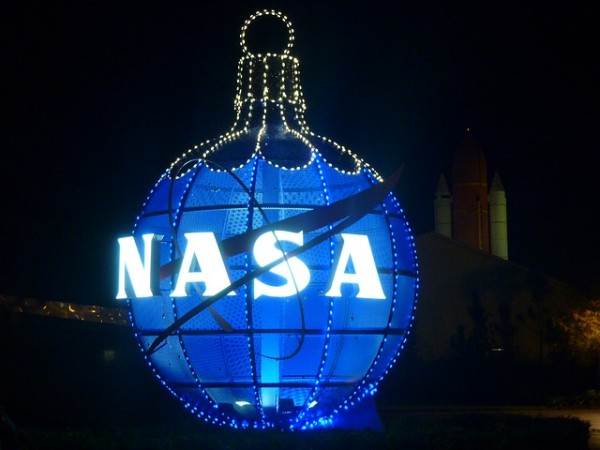By April Kirstin Chua, | March 09, 2017

The Cold Atom Laboratory could help unlock the many mysteries "beyond the frontiers of known physics."
NASA is creating the coldest place in the universe to discover the way atoms behave when frozen. The space agency has described the set up as a cool box that is 100 million times cooler than the depths of space with a temperature of -273°C.
The ice-box sized lab will be sent to the International Space Station to prevent Earth's gravity from interfering with the experiment.
Like Us on Facebook
Inside the box called NASA Cold Atom Laboratory, technologies that include lasers, vacuum chamber, and an electromagnetic knife will be used to wipe out the energy of the gas particles inside. The process will help slow down the particles until they are not anymore moving. Once the process is finished, the atoms be studied at temperatures 100 million times colder than the outer space around them.
NASA scientists hope to explore the bizarre ways atoms behave when placed in very extreme temperatures. The result of putting the atoms in the coldest place could help in the production of technologies such as super-fast quantum computers, improved sensors, and atomic clocks for use when traveling to space.
"Studying these hyper-cold atoms could reshape our understanding of matter and the fundamental nature of gravity," Cold Atom Laboratory Project Scientist Robert Thompson said. "The experiments we'll do with the Cold Atom Lab will give us insight into gravity and dark energy -- some of the most pervasive forces in the universe."
The Cold Atom Laboratory was developed by NASA Jet Propulsion Laboratory. NASA said that the CAL is in the process of completion and will leave Earth this August on a SpaceX rocket. Atoms at extremely low temperatures have piqued the interest of NASA scientists. This is because the atoms behave in a totally different state, acting like waves, and this does not fall under the normal rules of physics.
The atoms reach a state called the Bose-Einstein condensate when cooled very intensely. NASA claims the Bose-Einstein condensate have never been formed in space. Scientists have done it on Earth but only holding for a few minutes due to the gravity's interference. However, in space where there is no gravity, atoms will be able to move as strange wave-like forms for a longer time.
NASA Jet Propulsion Laboratory developer Kamal Oudrhiri said that the Cold Atom Laboratory could give scientists an insight into dark energy. He believes that NASA and the people, in general, know only five percent of the universe. The Cold Atom Laboratory could help unlock the many mysteries "beyond the frontiers of known physics."
-
Use of Coronavirus Pandemic Drones Raises Privacy Concerns: Drones Spread Fear, Local Officials Say

-
Coronavirus Hampers The Delivery Of Lockheed Martin F-35 Stealth Fighters For 2020

-
Instagram Speeds Up Plans to Add Account Memorialization Feature Due to COVID-19 Deaths

-
NASA: Perseverance Plans to Bring 'Mars Rock' to Earth in 2031

-
600 Dead And 3,000 In The Hospital as Iranians Believed Drinking High-Concentrations of Alcohol Can Cure The Coronavirus

-
600 Dead And 3,000 In The Hospital as Iranians Believed Drinking High-Concentrations of Alcohol Can Cure The Coronavirus

-
COVID-19: Doctors, Nurses Use Virtual Reality to Learn New Skills in Treating Coronavirus Patients







